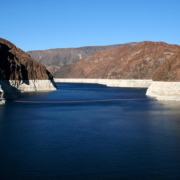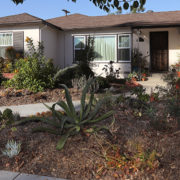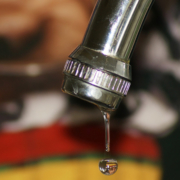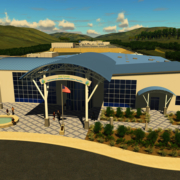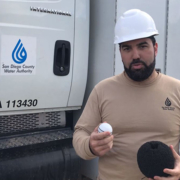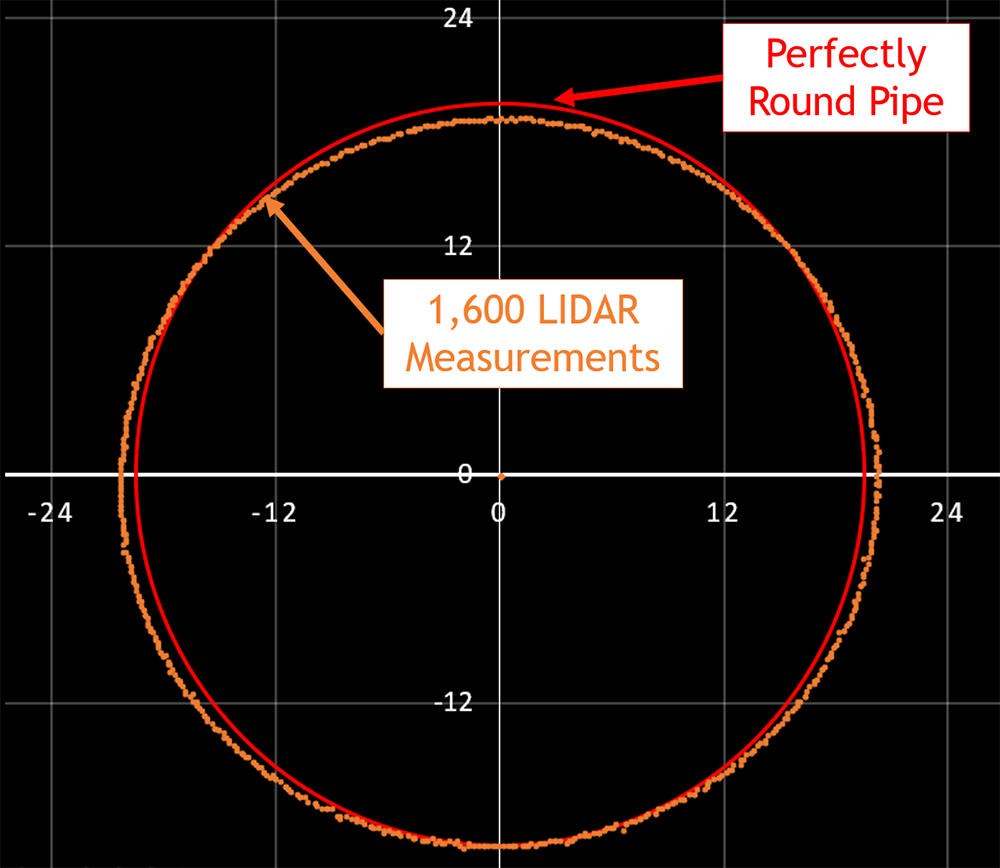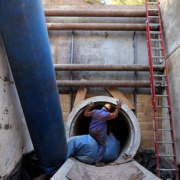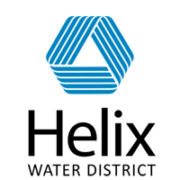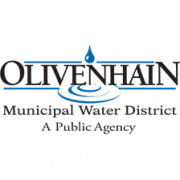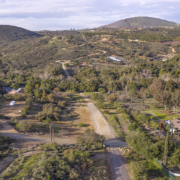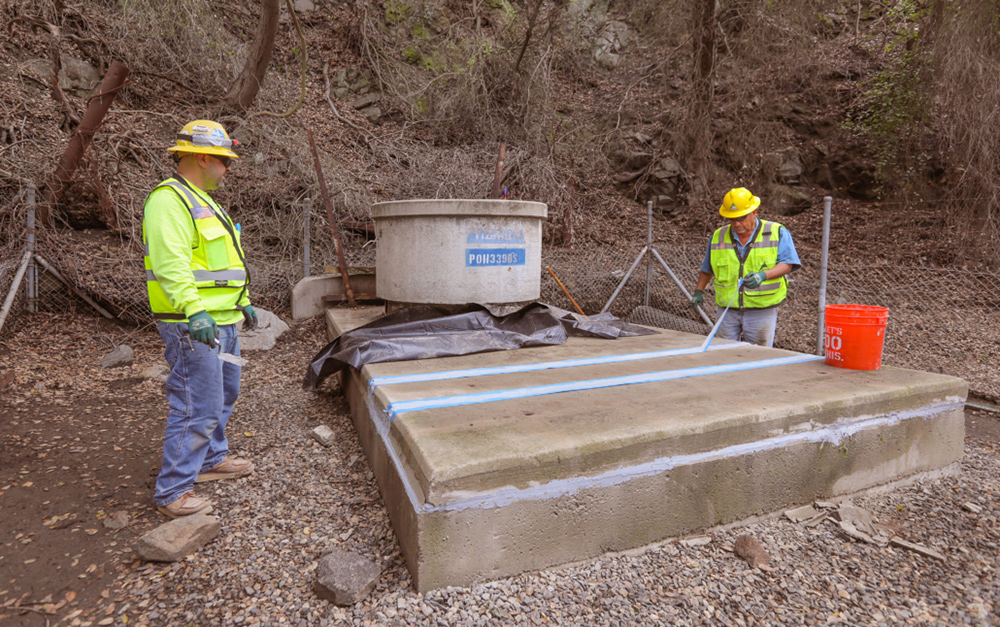Construction costs have surged across the nation over the past year as prices for materials used in construction have risen. At the same time, contractors are struggling to meet project deadlines due to a shortage of skilled workers, construction trade industry publication Constructive Dive reported on March 18.
Those higher construction costs are impacting local agencies, including the San Diego County Water Authority. Agency staff briefed the Board of Directors’ Engineering and Operations Committee in mid-March on how those market changes are driving up costs of infrastructure and maintenance projects.
“The Water Authority will monitor market trends and adjust individual project budgets as required,” said Gary Bousquet, the Water Authority’s deputy director of engineering. “Our planning process includes prioritizing projects, and evaluating the timing or need and scope of projects. We will adjust our project cost estimates to meet changing market conditions.”
Labor shortage adds to increasing costs
A labor shortage in the construction industry is one of several factors increasing costs.
“While construction hiring remained very widespread through January [2019], industry employment gains nationally slowed in February—possibly an indication that the pool of qualified workers has dried up in many markets,” Ken Simonson, chief economist with the Associated General Contractors of America, said in a new report.
The report showed that construction employment declined by 1,300 jobs in the San Diego region from January 2018 to January 2019.
“There are many large-scale construction projects underway in Southern California, while at the same time, there is a shortage of skilled and unskilled labor, which means greater competition for those workers,” said Brent Fountain, a principal engineer with the Water Authority. “In addition, increasing prices for materials are impacting the costs for both maintenance and capital projects.”
Water Authority project bids from contractors in 2018 ranged from $200,000 to $6 million over the project costs estimated by the Water Authority, according to Fountain.
Contractors bid above estimates in 2018
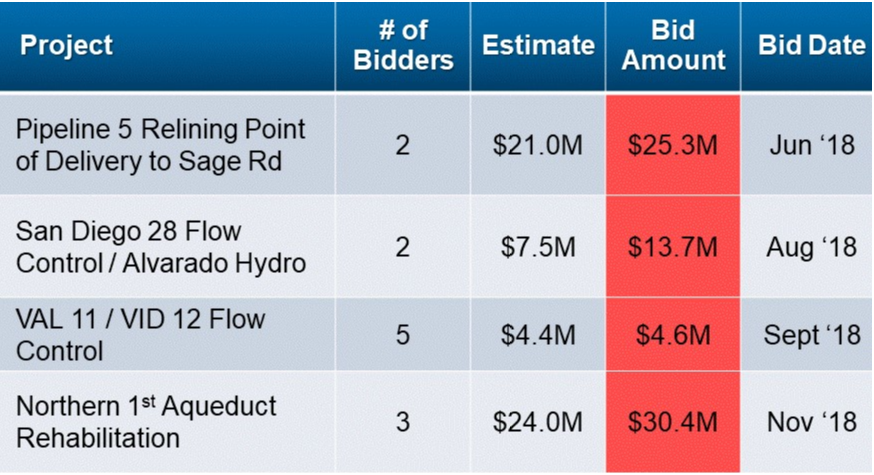
In 2018, the Water Authority received 2-to-5 bids for projects, and the bids were all well-above agency estimates. Graphic: Water Authority
“We’ve received fewer bids at higher bid amounts from contractors for several projects in the past eight months,” he said. “The Water Authority generally had more bids and bid amounts closer to our project cost estimates, from 2014 through 2017.”
In previous years, bid amounts were typically closer to project cost estimates and sometimes the bids came in well below the estimates.
Contractors bid below estimates in prior years
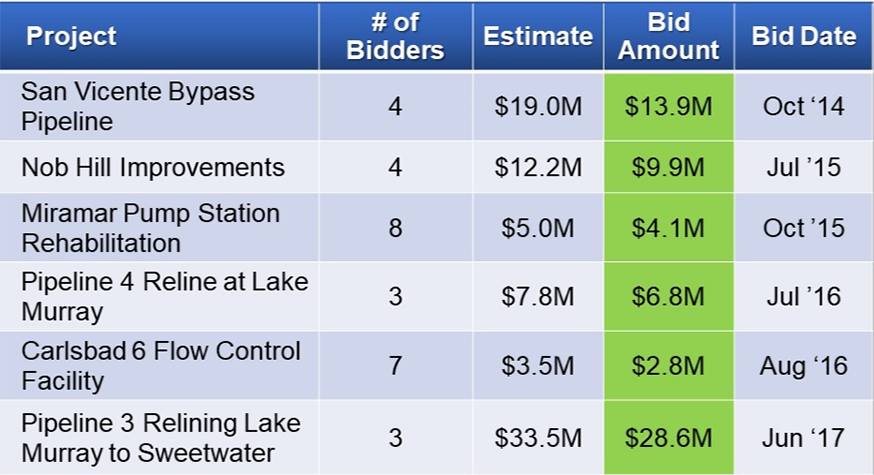
From October 2014 through June 2017, the Water Authority received 3-to-7 bids for projects, and the bids were all below agency estimates. Graphic: Water Authority
Bousquet said the agency will monitor construction industry cost trends as it continues pioneering projects to serve the region.
“The Water Authority has made an array of innovative infrastructure investments over the past 25 years, including some of the largest projects in the history of the agency, to sustain the $231 billion regional economy,” said Bousquet. “We will continue to develop cost-effective projects to provide a safe and reliable wholesale water supply to San Diego residents.”


